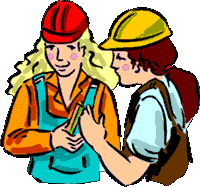
Sorry!
There seems to be a problem connecting to our database. Please give us a few minutes to remedy the problem. Thank you.
To verify the site status ... Click here
![This Is my store logo. [home link] This Is my store logo. [home link]](views/template_default/images/logo.gif)